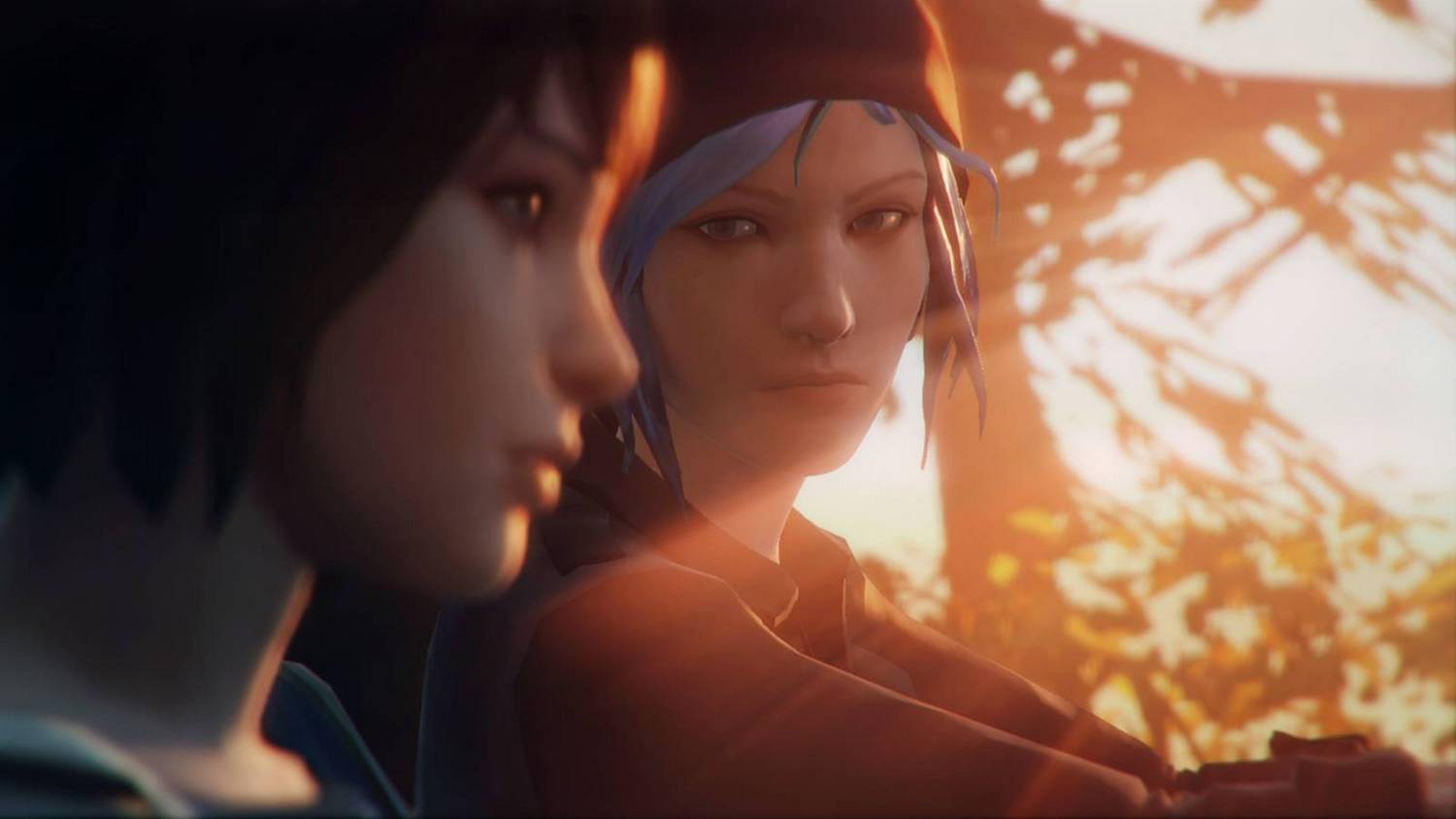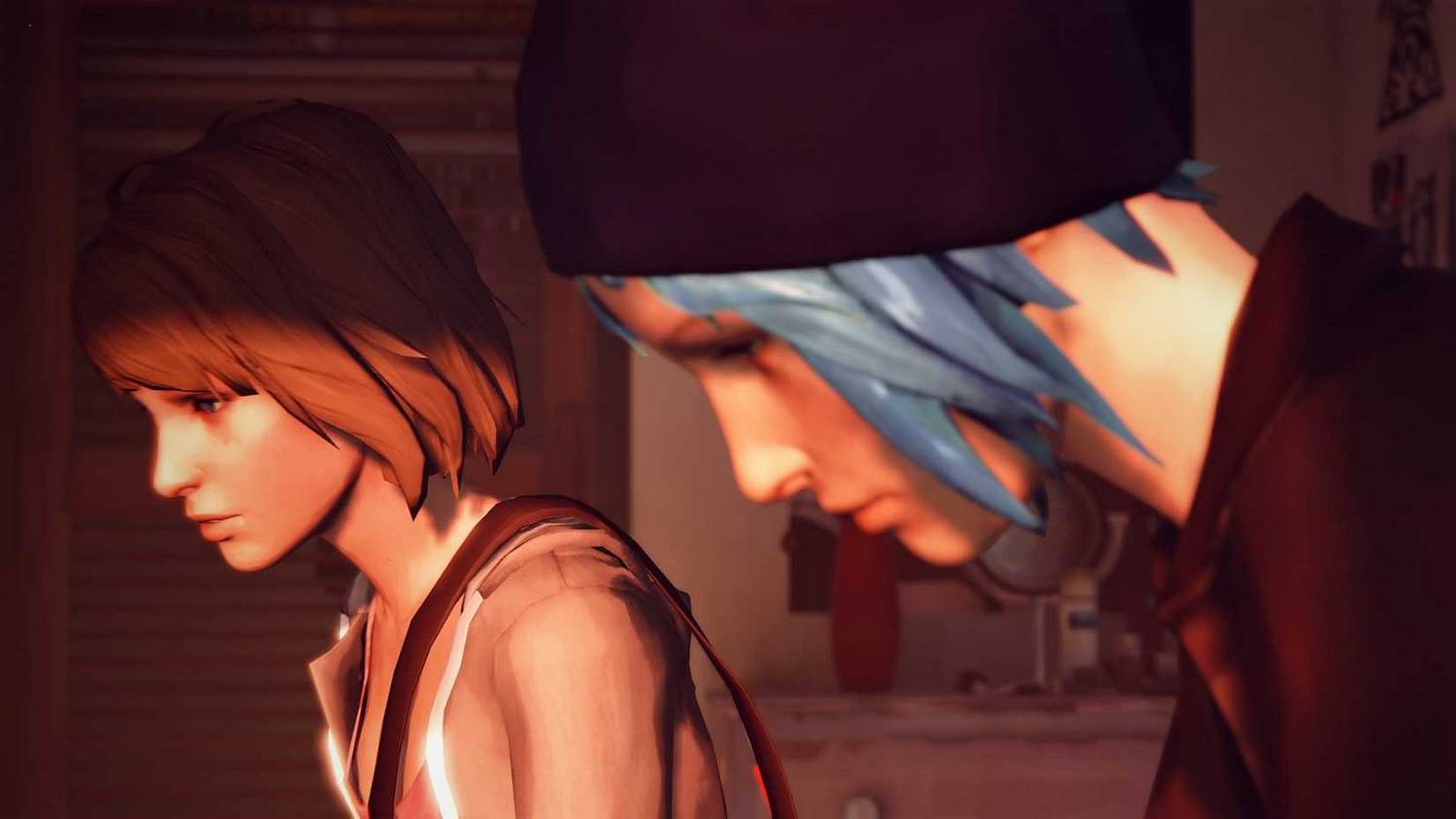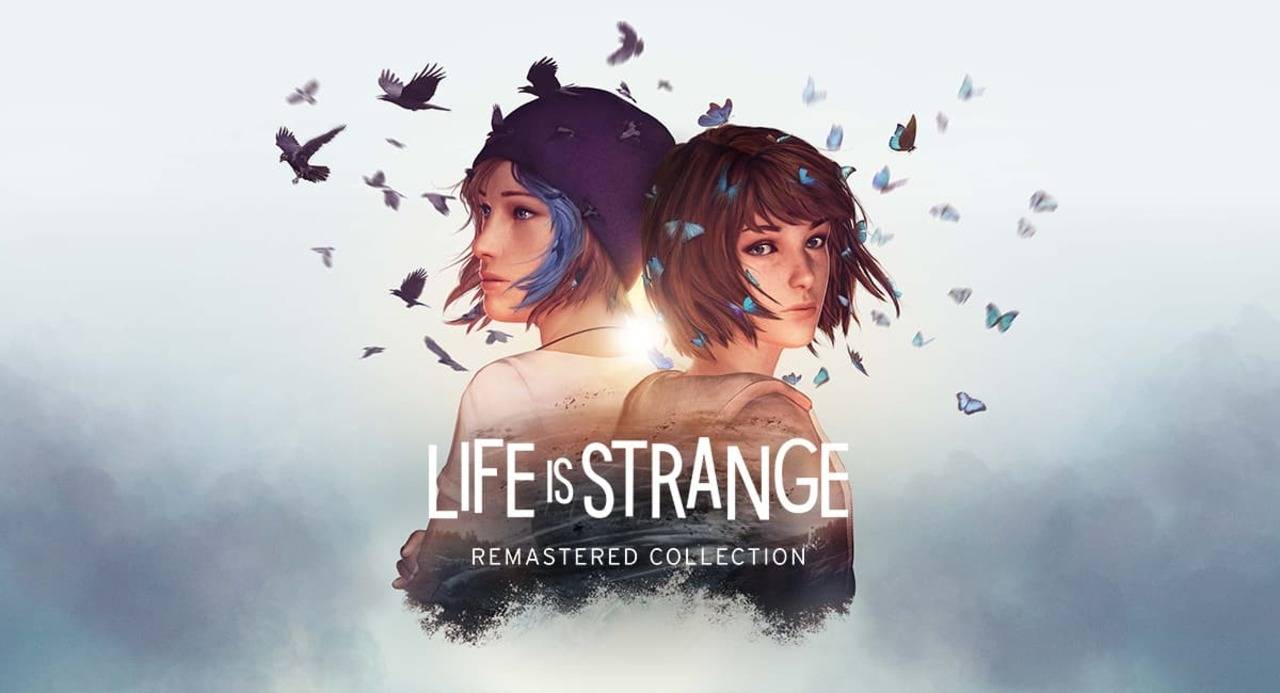More Than a Choice: The One Thing the ‘Life is Strange’ TV Show Needs to Get Right
Popular Now
 Sonic the Hedgehog™ Classic
Sonic the Hedgehog™ Classic
 Gacha Club
Gacha Club
 God of War Ragnarök
God of War Ragnarök
 Rust
Rust
 Call of Duty
Call of Duty
 Stumble Guys
Stumble Guys
 Minecraft
Minecraft
 Warframe
Warframe
 NBA 2K24
NBA 2K24
 Roblox
Roblox
 After a decade of development hell and fan speculation, the official greenlight for a Life is Strange TV series on Prime Video has sent a ripple of excitement and trepidation through the gaming community. With showrunner Charlie Covell (of The End of the F*ing World fame) at the helm and powerhouse production companies like Margot Robbie’s LuckyChap on board, the project has an undeniable pedigree. However, for a franchise built on player agency and narrative choice, a television adaptation faces a monumental challenge. While a compelling plot and strong character performances are essential, there is one crucial element the show must master to capture the game’s emotional heart: the psychological impact of the rewind power.
After a decade of development hell and fan speculation, the official greenlight for a Life is Strange TV series on Prime Video has sent a ripple of excitement and trepidation through the gaming community. With showrunner Charlie Covell (of The End of the F*ing World fame) at the helm and powerhouse production companies like Margot Robbie’s LuckyChap on board, the project has an undeniable pedigree. However, for a franchise built on player agency and narrative choice, a television adaptation faces a monumental challenge. While a compelling plot and strong character performances are essential, there is one crucial element the show must master to capture the game’s emotional heart: the psychological impact of the rewind power.
The original game’s plot is a masterpiece of small-town mystery. It follows Max Caulfield, a photography student who discovers she can rewind time, a power she uses to save her rebellious best friend, Chloe Price. As they navigate a high-stakes investigation into a missing student, their friendship deepens, and Max’s choices have a butterfly effect that ripples through the lives of everyone in the eerie town of Arcadia Bay. The emotional core of the game isn’t just the plot; it’s the feeling of responsibility, the anxiety of second-guessing every choice, and the crushing weight of knowing you can’t save everyone.
 The Problem of Narrative Choice in a Fixed Medium
The Problem of Narrative Choice in a Fixed Medium
In the game, every rewind is a moment of hesitation, a silent debate in the player’s mind. Do you fix your mistake, knowing it might lead to a worse outcome? Do you let a minor tragedy play out to save a major one? The TV show, by necessity, will have to make a fixed set of choices for its audience. This removes the very thing that made the game so compelling and intimate. A viewer watching Max make a choice is a passive experience. A player making that choice for Max is an active one, a moment of profound moral and psychological engagement. The show cannot replicate this. Instead, it must find a creative way to convey the feeling of what that choice means to Max as a character.
- The Mental Toll of Rewind: The TV show needs to visually and narratively represent the psychological burden of Max’s power. This isn’t just a superpower; it’s a form of perpetual anxiety. Max shouldn’t just rewind and get a do-over; she should be haunted by the outcomes of the choices she didn’t make. The show can use dream sequences, visual effects, and even a non-linear narrative structure to show the audience the mental landscape of a character who is constantly living in multiple realities at once.
- The Consequences of “Saving”: In the game, Max’s power is shown to be a force of chaos. Every time she rewinds time to fix a problem, a new, more dangerous one emerges. The TV show must lean into this. The visual effects of her power shouldn’t be slick and clean; they should feel messy and disorienting. The show needs to make it clear that Max’s power is not a simple solution but a source of the very problems she’s trying to solve.
- Character, Not Plot: While the mystery of Rachel Amber and the tornado are key plot points, the heart of the game is the friendship between Max and Chloe. The show needs to focus on the emotional journey of these two characters. Their relationship is the anchor. The rewind mechanic is just a tool to explore that relationship, to show how a choice made for the benefit of one person can have devastating consequences for others. The most impactful moments of the game are the quiet ones, the moments of reflection and vulnerability. The TV show must prioritize these moments over the big, dramatic action sequences.
 The recent announcement that the original game’s creators from Dontnod are not involved in the TV adaptation has added to fan anxieties. While this is not always a bad thing, as evidenced by successful adaptations like The Last of Us and Fallout, it does mean the show’s creative team must be particularly attuned to the core essence of the original work. They must understand that the appeal of Life is Strange is not just in its mystery or its sci-fi premise, but in its ability to make the player feel the weight of their decisions.
The recent announcement that the original game’s creators from Dontnod are not involved in the TV adaptation has added to fan anxieties. While this is not always a bad thing, as evidenced by successful adaptations like The Last of Us and Fallout, it does mean the show’s creative team must be particularly attuned to the core essence of the original work. They must understand that the appeal of Life is Strange is not just in its mystery or its sci-fi premise, but in its ability to make the player feel the weight of their decisions.
The “impossible life or death choice” at the end of the game is its defining moment. The show must build toward a similar climactic decision that feels earned and emotionally devastating. The viewers should be able to feel the same sense of dread and helplessness that players did. If the show can master the psychological and emotional core of the rewind power and the genuine bond between Max and Chloe, it will be a true success. If it fails, it will be just another generic teen drama with a sci-fi gimmick.









